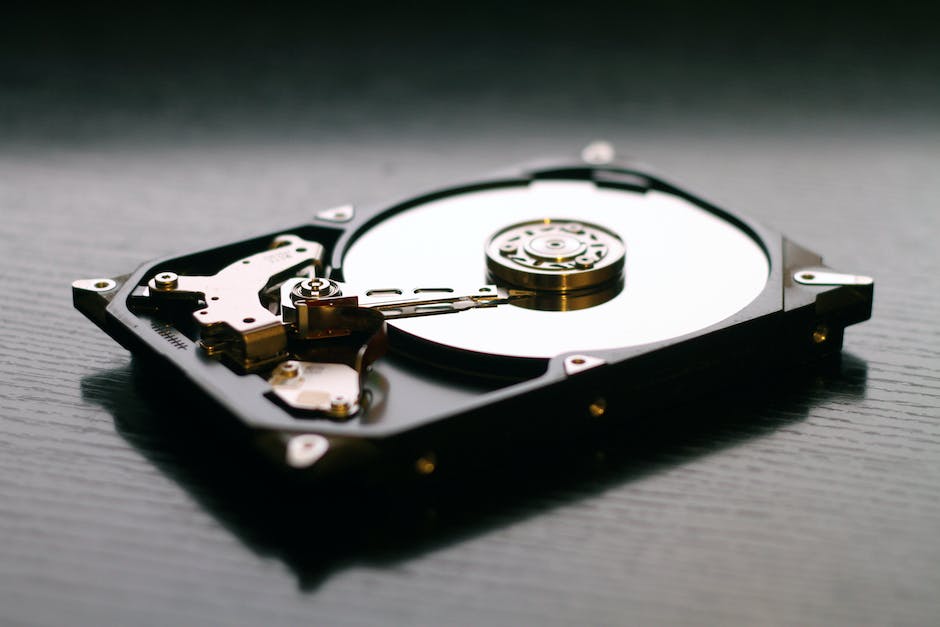In today’s digital age, data has become the backbone of many industries, particularly the tech industry. One term that often comes up in this context is ‘data cleaning’. But what exactly does it mean? Data cleaning, also known as data cleansing, is a process used to identify and correct (or remove) errors, inaccuracies, and inconsistencies in datasets. This process is vital to ensuring the accuracy and reliability of data, which forms the basis for strategic decision-making in businesses and projects.

The Basics of Data Cleaning
At its core, the objective of data cleaning is to improve the quality of data. This is achieved through a series of processes that involve detecting and correcting errors, inconsistencies, or inaccuracies in datasets. These could range from simple typographical errors to more complex issues like missing data or duplicate entries. By addressing these issues, data cleaning ensures that the dataset is accurate, consistent, and usable.
But why is data cleaning so important? Let’s take a closer look.
Importance of Data Cleaning in the Tech Industry
In the tech industry, data is often hailed as the new oil. But just like crude oil needs refining to be useful, raw data needs cleaning to be valuable. Without proper cleaning, ‘dirty’ data can lead to inaccurate analyses, flawed insights, and ultimately, poor business decisions.
Imagine making a significant business decision based on skewed data – the consequences could be disastrous! This is why data cleaning is considered a crucial part of any data analysis or big data project. It ensures that the data used is accurate, reliable, and trustworthy, leading to more effective decision-making and better business outcomes.
Steps Involved in Data Cleaning
When it comes to data cleaning, it’s not a one-step process but rather a series of steps that ensures the data is not just clean but also reliable and consistent. Let’s take a closer look at these steps.
Identification of Errors
The first step in the data cleaning process involves identifying errors in the dataset. These errors could be inconsistencies, inaccuracies, or even missing data. This step is crucial as the quality of your data analysis depends on the accuracy of your data. But how are these errors identified?
Data analysts often use statistical methods to detect anomalies in the data. For example, outlier detection can help identify data points that deviate significantly from the rest of the data. Similarly, data profiling, which involves reviewing the data to understand its structure, relationships, and values, can help identify inconsistencies and inaccuracies.
Correcting the Errors
Once the errors have been identified, the next step is to correct them. This could mean replacing inaccurate data with accurate data, resolving inconsistencies, or imputing missing values. However, it’s important to note that this step should be approached with caution. Inaccurate correction could introduce more errors into the dataset, thereby defeating the purpose of data cleaning.
The method of correction depends on the nature of the error. For instance, missing values could be imputed using methods like mean imputation, regression imputation, or even machine learning methods. On the other hand, inconsistencies could be resolved by standardizing the data, such as converting all text to lowercase or standardizing date formats.
Verifying and Validating the Cleaned Data
The final step in the data cleaning process is to verify and validate the cleaned data. This involves checking that the data is now consistent and accurate and meets the required standards for your analysis. But why is this step important?
Verifying and validating the cleaned data ensures that the data cleaning process has been successful and that the data is ready for analysis. It also helps ensure that the cleaned data accurately represents the phenomenon you’re studying, thereby improving the reliability of your analysis.
Tools and Techniques Used in Data Cleaning
Given the importance of data cleaning, several tools and techniques have been developed to simplify and automate the process. Let’s take a look at some of the most commonly used ones.
Excel: While not specifically a data cleaning tool, Excel’s features like conditional formatting, data validation, and error checking can be effectively used to clean data.
Data cleaning libraries in Python and R: Both Python and R have libraries like Pandas and tidyr that offer robust data cleaning functionalities.
Data wrangling tools: Tools like Trifacta and OpenRefine are designed specifically for data cleaning and transformation, offering features like automatic error detection, pattern-based cleaning, and more.
Remember, the choice of tool depends on the nature and size of your dataset, your technical skills, and your specific data cleaning needs.
Challenges in Data Cleaning
It is essential to acknowledge that the process of data cleaning is not always plain sailing. There are various challenges that can arise during the process, making it harder to achieve the desired level of data accuracy and consistency.
One of the primary difficulties is handling missing data. The question always arises: Should we ignore it, fill it in, or drop it? The answer to this depends on the nature of the data and the context of the project. However, taking the wrong approach can significantly affect the outcome of the analysis.
Another challenge is dealing with outliers. Outliers are extreme values that deviate from other observations. They can be genuine or they can be due to variability in the data or an experimental error. Deciding what to do with these outliers can be a complex decision.
Lastly, the size of the data can also pose a significant challenge. With the advent of big data, data cleaning has become even more complex. It can be a daunting task to clean and process large volumes of data, especially when time is of the essence.
Role of Data Cleaning in Data Analysis
Now, you might be wondering, why go through all this trouble? Why is data cleaning so crucial in data analysis? Well, let’s break it down.
Quality of data is paramount in data analysis. If your data is filled with errors, inaccuracies or inconsistencies, your analysis will reflect those same faults. You’ve probably heard the phrase “Garbage in, garbage out”. This is particularly true in data analysis. By ensuring your data is clean, you’re laying the foundation for reliable and valuable insights.
Data cleaning also plays a crucial role in improving the decision-making process. Businesses rely heavily on data to make strategic decisions. Clean, accurate data leads to better-informed decisions, ultimately contributing to the success of a business.
Lastly, data cleaning can reduce the time and resources spent on data analysis. By cleaning your data upfront, you can avoid unnecessary complications and delays in the analysis process. This can be a significant advantage, especially in projects with tight deadlines.
In summary, data cleaning is a crucial step in data analysis that can significantly impact the quality of insights and the efficiency of the process. It’s an aspect that cannot be overlooked, no matter how daunting the challenges might seem.

Learning Data Cleaning: Skills and Requirements
If you’re interested in the tech industry, acquiring skills in data cleaning can set you apart from the crowd. But what do you need to learn to become proficient in this area? Let’s break it down.
First and foremost, you need a solid understanding of database systems and structures. This includes knowing how to work with SQL, a standard language for managing data in databases. Additionally, a strong grasp of programming languages such as Python or R, which are often used for data manipulation and cleaning, is crucial.
Next, you should be familiar with various data cleaning tools and techniques. This might include software like OpenRefine or Trifacta, as well as understanding how to use spreadsheets effectively for cleaning tasks. Lastly, a good data cleaner needs a keen eye for detail and the patience to sift through large volumes of data.
So, where can you acquire these skills and knowledge? Here’s a list of resources to get you started:
- Coursera: Offers a variety of courses on data cleaning and data analysis.
- DataCamp: Provides interactive lessons on various data science topics, including data cleaning.
- Kaggle: An online community for data scientists that offers competitions and datasets for practice.
- Codecademy: Offers a course on how to clean data with Python and pandas.
- Udacity: Provides a data analyst nanodegree program that covers data cleaning.
Career Opportunities in Data Cleaning
With these skills in hand, a variety of career opportunities in the tech industry open up. From data analysts to data engineers, the demand for individuals skilled in data cleaning is high. Let’s look at some potential job roles, along with the skills they require and their potential salary ranges.
| Job Role | Skills Required | Potential Salary Range |
|---|---|---|
| Data Analyst | Python, SQL, Data Cleaning, Data Visualization | $60,000 – $80,000 |
| Data Engineer | Python, SQL, Data Cleaning, Big Data Technologies | $90,000 – $130,000 |
| Data Scientist | Python, R, SQL, Data Cleaning, Machine Learning | $95,000 – $150,000 |
Key Takeaways from Understanding Data Cleaning
To wrap up, it’s important to understand that data cleaning is a crucial step in the data analysis process. It ensures the accuracy and reliability of data, which in turn leads to better decision-making. Moreover, having data cleaning skills under your belt can open up a wealth of opportunities in the tech industry.
So why not start learning today? With the resources listed above, you’ll be well on your way to mastering data cleaning and making a valuable contribution to any data-driven project or organization.
